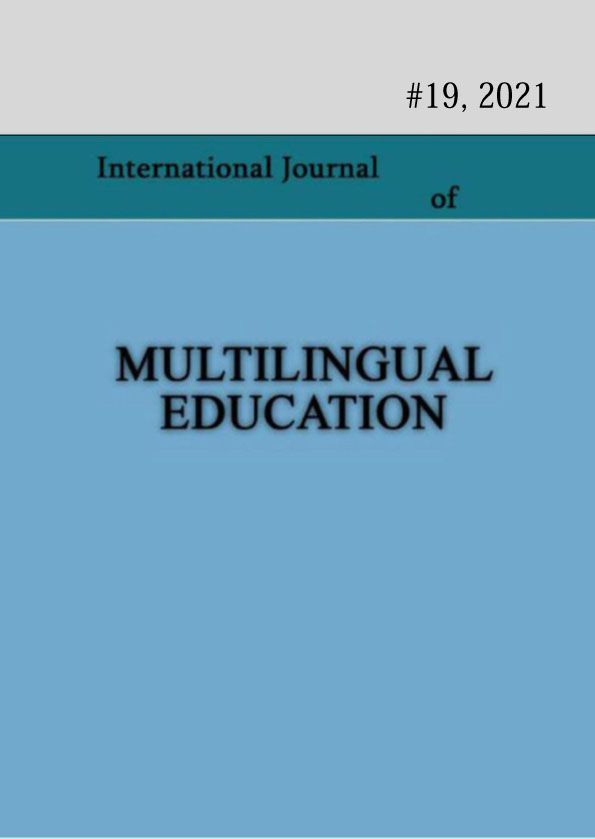Expressing volition, imposition and latency through causatives
Keywords:
causative, causation, volition, imposition, latencyAbstract
The present study analyzes the different ways in which causative structures in these languages express the ideas of causation, volition vs imposition, and temporal sequencing of actions. The examples have been gathered from media discourse (written and spoken examples of news reports, articles or discussions from electronic media), and informal conversations with the native speakers of the languages during interviews and discussions. The forms of expressing the concepts of desire, wish, will on the one hand, and the forms of expressing imposition, request, incentive, order or involuntary action, on the other, differ across languages from purely syntactic structures to morphological, or lexical-semantic means.
Latent causation is yet further interesting issue raised in the paper.
References
Baider, Fabienne & Georgeta Cislaru (eds.). (2014). Linguistic Approaches to Emotions in Context. John Benjamins Publishing Company: Amsterdam / Philadelphia.
Baker, Paul. (2006). Using Corpora in Discourse Analysis. Continuum: London, New York. Biber, D., et al. (1999) Longman Grammar of Spoken and Written English. Longman
Publishers.
Biber & Douglas. (2006). University Language. A corpus-based study of spoken and written registers. Studies in Corpus Linguistics 23. John Benjamins Publishing Company.
Brown, J. W. (1996). Time, Will, and Mental Process. Cognition and Language, A Series in Psycholinguistics. Plenum Press: New York and London.
Dancygier, B. (1998). Conditionals and prediction. Time, knowledge and causation in conditional constructions. Cambridge Studies in Linguistics, 87. Cambridge University Press.
Gilquin G., (2010). Corpus, Cognition and Causative Constructions. Studies in Corpus Linguistics 39. John Benjamins Publishing Company.
Grandi, N., & Körtvélyessy (eds.). (2015). Edinburgh Handbook of Evaluative morphology.
Edinburgh University Press.
Hart, C., & Dominik L. (eds.). (2007). Cognitive Linguistics in Critical Discourse Analysis.
Application and Theory. Cambridge Scholars Publishing.
Pearl, J. (2009). Causality. Models, Reasoning, and Inference. Second Edition. Cambridge University Press.
Published
How to Cite
Issue
Section
License
Copyright (c) 2021 Mariam Orkodashvili

This work is licensed under a Creative Commons Attribution-NonCommercial 4.0 International License.
Copyright (c) - Authors who publish with this journal agree to the following terms: Authors retain copyright and grant the journal the right of first publication with the work simultaneously licensed under a Creative Commons Attribution-Noncommercial 4.0 International License, which allows others to share the work with an acknowledgement of the work's authorship and initial publication in this journal. Authors are permitted and encouraged to post their work online (e.g., in institutional repositories or on their personal website) prior to and during the submission process, as it can lead to productive exchanges, as well as earlier and greater citation of published work (see The Effect of Open Access). Authors may enter into separate, additional contractual arrangements for the non-exclusive distribution of the journal's published version of the work (e.g., post it to a repository or publish it in a book), with an acknowledgement of its initial publication in this journal.

